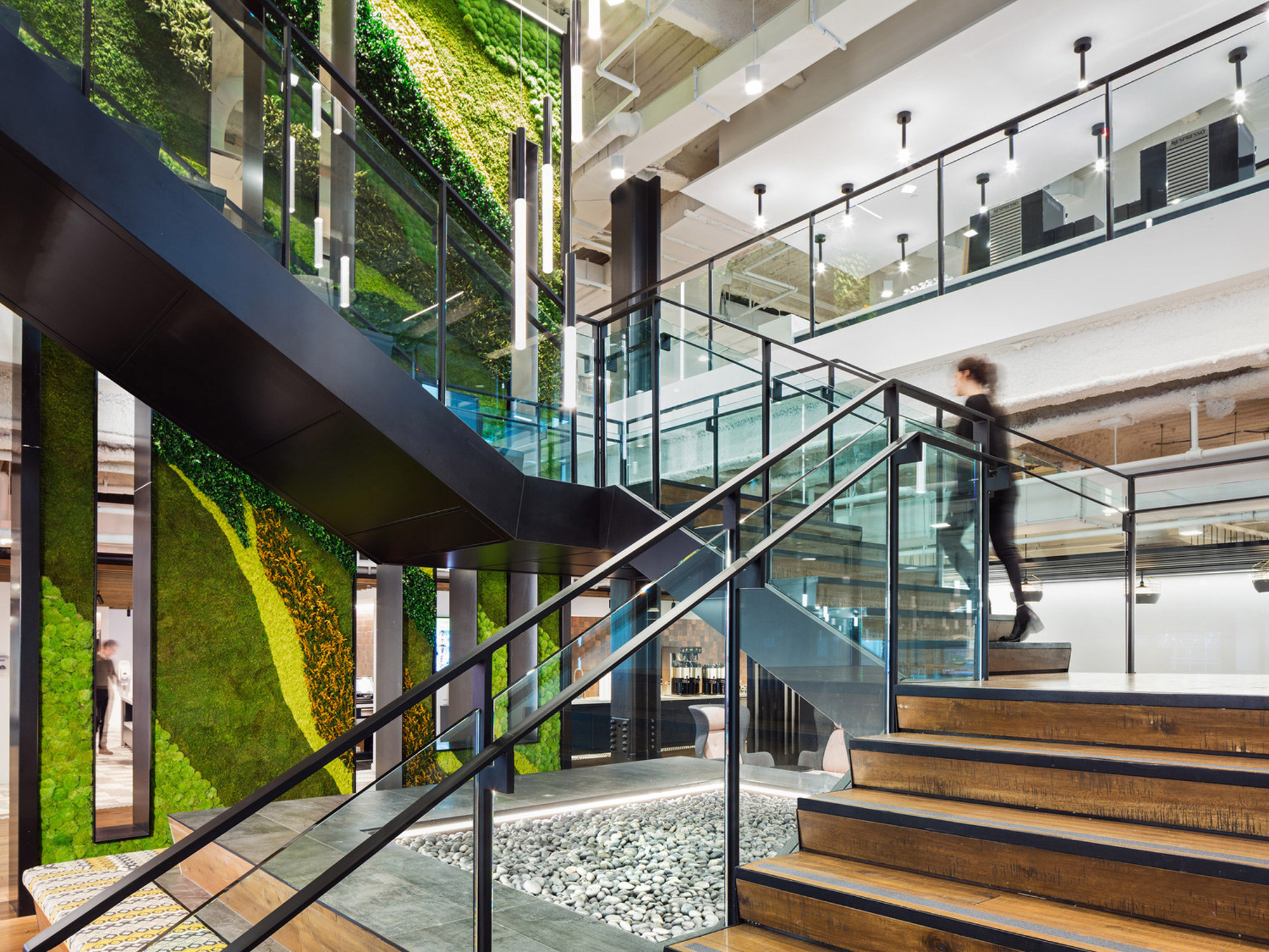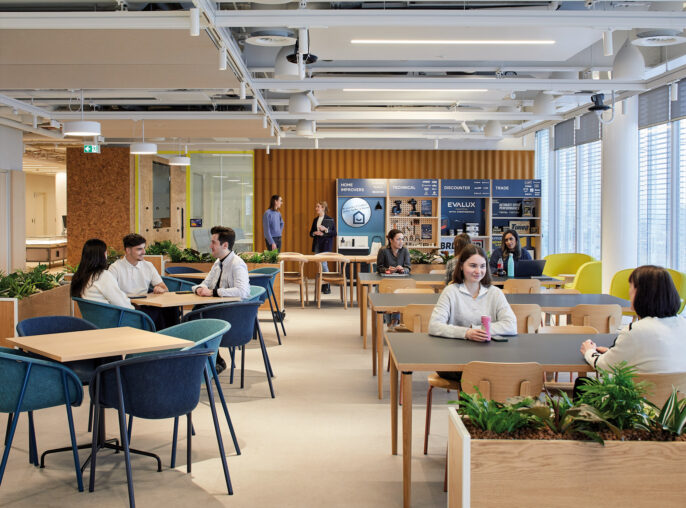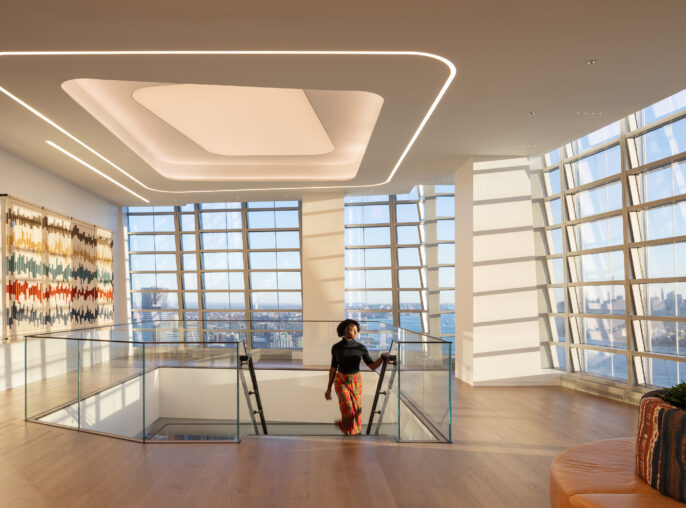Insight
HLW’s Updated Sustainability Action Plan

HLW remains committed to the Architecture 2030 Challenge, aiming to achieve ambitious energy reduction targets and become carbon neutral by 2030. Additionally, we have joined the AIA Healthy Materials Pledge and will incorporate annual targeted goals into our design process.
The first edition of our Sustainability Action Plan (SAP) was developed as a framework to create innovative and sustainable solutions that meet our clients’ business goals while providing a workplace that benefits employees and protects our planet. In this second edition of our SAP, we reflect on all we have learned and aim to create resilience in our policy by establishing an annual focus on healthy materials. These can be incorporated into our design process, regardless of project-specific targets. With an increased responsibility to elevate our global team members through meaningful education, it is crucial that we collaborate across studios and practice groups to integrate sustainability into all project work.
Scroll down to see the First Edition of HLW’s Sustainability Action Plan

HLW is committed to the Architecture 2030 Challenge of achieving ambitious energy reduction targets and being carbon neutral by 2030.
We have developed our Sustainability Action Plan (SAP) as a framework to create innovative and sustainable solutions that meet our client’s business goals, while providing a workplace beneficial to employees and protective of our planet.
The development of our SAP was completed via an all-inclusive series of firm-wide surveys, numerous internal visioning sessions and several informational presentations. We completed this effort by engaging our Sustainability and Strategy teams to review our sustainability initiatives and goals internally.
We interpret the development of the SAP as an opportunity to evaluate and validate how leadership and design teams will be involved in this initiative in terms of commitment to sustainability within our projects and how it aligns with our core values, brand, and culture. Through our discussions, we identified how we can best approach our AIA 2030 SAP to ensure its success.
During the process of the SAP, six major opportunities and challenges came into focus which informed our direction and goals, while advancing sustainable design.
1. Inclusive Education
We found that there is a continued hunger of knowledge for sustainable design across all staff levels. This applies both in terms of further advancing internal knowledge and applying expertise to support our clients to invest in advanced sustainable solutions.
2. Transparency Through Metrics
In order to start with a firmwide approach and set goals, we need a real baseline to start from. This finding informed our goals focused on metrics.
3. Clear Strategy
The goal of this process is to evaluate what our differentiator should be and set goals to meet it. This approach will be communicated across the firm with consistency so everyone is aligned, organized, and working together to accomplish our targets.
4. Start at the Beginning
To further embed sustainability into HLW’s ethic, we will integrate it into every process from the start of each project.
5. Impact-first Approach
We view our impact through a triple-bottom-line lens. Our explicit goal is for our work to reflect a net-positive from a social, financial, and environmental perspective. In order to accomplish that, our strategy will be data-driven/utilitarian.
6. Encourage Clients
We will be diligent at engaging clients and design team members in order to encourage them to work together to develop sustainable projects. We will help inspire them to integrate sustainability when we can, while serving their best interest.
Read our whole Sustainability Action Plan below.


